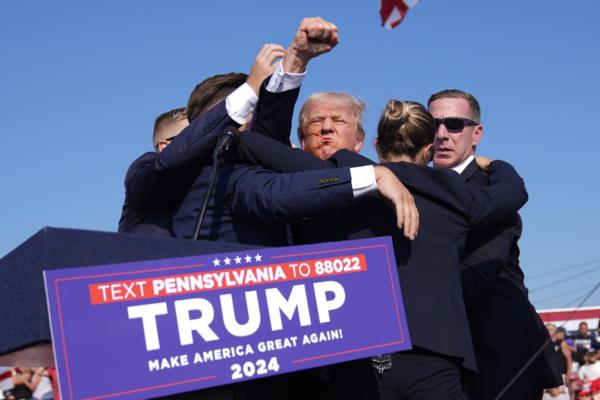
During a recent congressional hearing, acting Secret Service Director Ronald Rowe shed light on the events leading up to the attempted assassination of former President Trump by Thomas Matthew Crooks. Rowe revealed that within a mere 15.5 seconds of Crooks' first shot, he was neutralized by the Secret Service.
Rowe explained to lawmakers that prior to the shooting, the Secret Service snipers were unaware of Crooks' presence on the roof. He emphasized that Crooks had managed to stay obscured from the snipers' view by positioning himself below the visibility line.
These revelations have sparked discussions about the challenges faced by security personnel in detecting and preventing such threats, especially when assailants take advantage of strategic positioning to evade detection.



The swift response by the Secret Service in neutralizing the threat highlights the rigorous training and preparedness of the agency in handling high-stakes security situations. However, the incident also underscores the need for continuous evaluation and enhancement of security protocols to address evolving threats.
As investigations into the attempted assassination continue, authorities are likely to review and refine security measures to prevent similar incidents in the future. The incident serves as a reminder of the constant vigilance required to protect public figures and ensure their safety in an increasingly complex security landscape.







